Hands On with the LG G Flex
Jan 6, 2014, 1:38 PM by Rich Brome
updated Jan 6, 2014, 3:59 PM
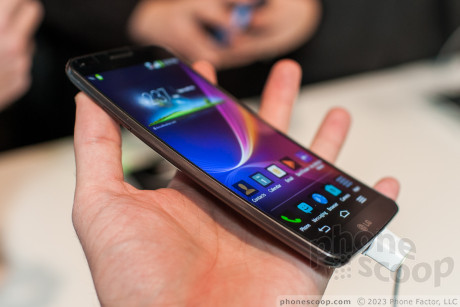
The G Flex is LG's entrant in the new curved-screen superphone category. It has everything the G2 and G Pro have, plus a huge 6-inch curved screen. It's now official for AT&T, T-Mobile, and Sprint, and we went hands-on with the U.S. versions.
G Flex
The G Flex is LG's first phone with a truly curved screen, countering arch-rival Samsung's Galaxy Round. It's LG's flagship phablet at the moment. While the Galaxy Round has seen only limited release so far, LG is making a big global push with the G Flex, now officially extending to the U.S., with a planned Q1 release on AT&T, Sprint, and T-Mobile.
The G Flex curves vertically, such that the top and bottom tip toward you. LG claims this is an ergonomic benefit, in that it fits your face when making a call (as if people still do that.) If any phone deserved the nickname banana-phone, this would be it. When held sideways, the curve does match that of an IMAX or other large movie screen, delivering a more ideal wide-screen video viewing experience.
The down side is that it doesn't fit in pockets very well, and the huge size (the screen is six inches) doesn't help. When sitting, the G Flex only fits in a pants pocket with the screen facing out, which is awkward, but that does't work very well as soon as you stand. Frankly, this is the least pocket-friendly phone I've seen in a long time.
The G Flex for the U.S. - at least the AT&T and T-Mobile versions we tried - are indistinguishable from the international version.
The screen - besides being huge - is lovely. LG was sure to point out that it's a true RGB stripe panel, meaning no "PenTile" pixels; that provides a smoother image, and it does indeed look very nice.
Part of the name G Flex comes from the fact that it's actually somewhat flexible. It technically is, but in practice, you can bend most plastic phones a tiny bit, and the G Flex doesn't bend much more than that.
The body is mostly glossy plastic and glass. It's a greasy mess for fingerprints. The back has a very fine visual texture reminiscent of brushes stainless steel, but slate blue and at an angle. It's covered in a clear lacquer that gives it the glossy finish.
Like the G2, the buttons are on the back, which takes some getting used to. Compared to the G2, LG has added some serious nubs to the up and down buttons, making them even easier to find by touch. The center button doubles as a multi-color indicator light. Also like the G2, the sides - free of buttons - have a sloping curve that helps the Flex fit in hands a bit better. It's still huge, though.
The G Flex has all of the features of the G2 and then some. In other words, everything and the kitchen sink. You'll find a Snapdragon 800 processor, 32 GB of storage, 13-megapixel main camera, and an IR port for remote control of your home entertainment system. Knock is carried over, so you can tap the phone twice to wake it up, a simple but very handy feature.
The software features include everything from both the G2 and G Pro. (Again, the kitchen sink.) The camera interface is excellent. You can open two apps side-by-side, and the can even interact. For example, you can view both the gallery and messaging apps, and drag photos right from the gallery to a new message. In addition, there are several mini-apps that you can float in a window over whatever else you're doing. You can have two of those open at once, and control the opacity of each, so you can see apps underneath. You can also minimize/dock those mini-apps to a small icon on the right side of the screen.
One of the more thoughtful power-user features is the ability to customize the Android system buttons at the bottom of the screen (home, back, etc.) If you're not a fan of the defaults, make it work the way you want! Neat.
One new feature is a cinema mode that takes you directly from the lock screen to a full-screen video browser and viewer interface. To activate it, you turn the phone sideways and use two fingers to "part" the lock screen like you're opening a stage curtain. It's sort of gimmicky and didn't work reliably when I tried it.
If you're looking for a top-end, kitchen-sink phablet with a unique design, this is certainly one to look at. It's solid competition for Samsung's Note 3.
Comments
No messages


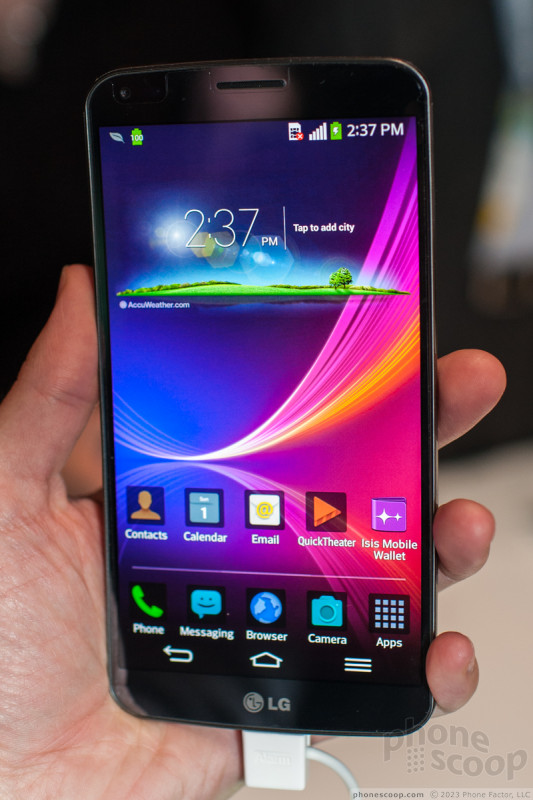










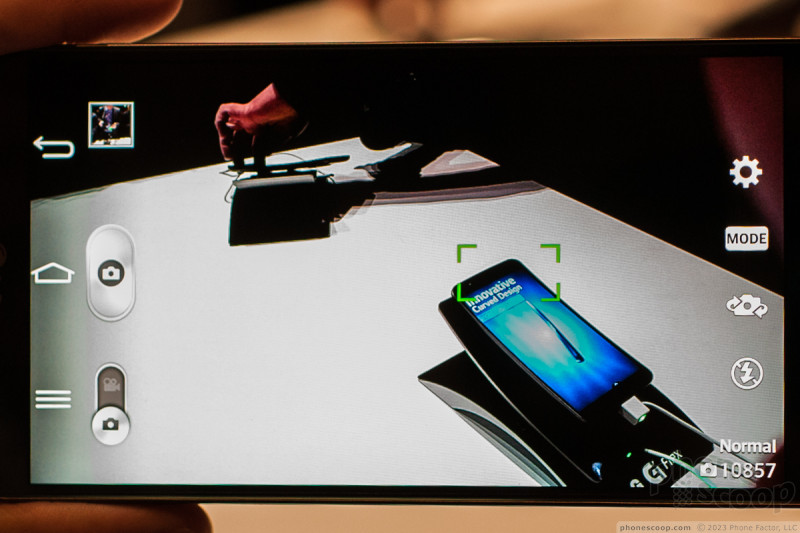













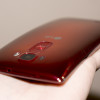 Hands-On with the LG G Flex 2
Hands-On with the LG G Flex 2
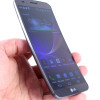 Review: LG G Flex
Review: LG G Flex
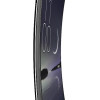 AT&T to Sell LG G Flex
AT&T to Sell LG G Flex
 Liveblog: LG Press Conference
Liveblog: LG Press Conference
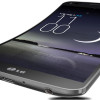 LG G Flex Has a Curved Screen, Self-Healing Cover
LG G Flex Has a Curved Screen, Self-Healing Cover
 LG G Flex (Sprint)
LG G Flex (Sprint)
 LG G Flex (U.S. GSM)
LG G Flex (U.S. GSM)






